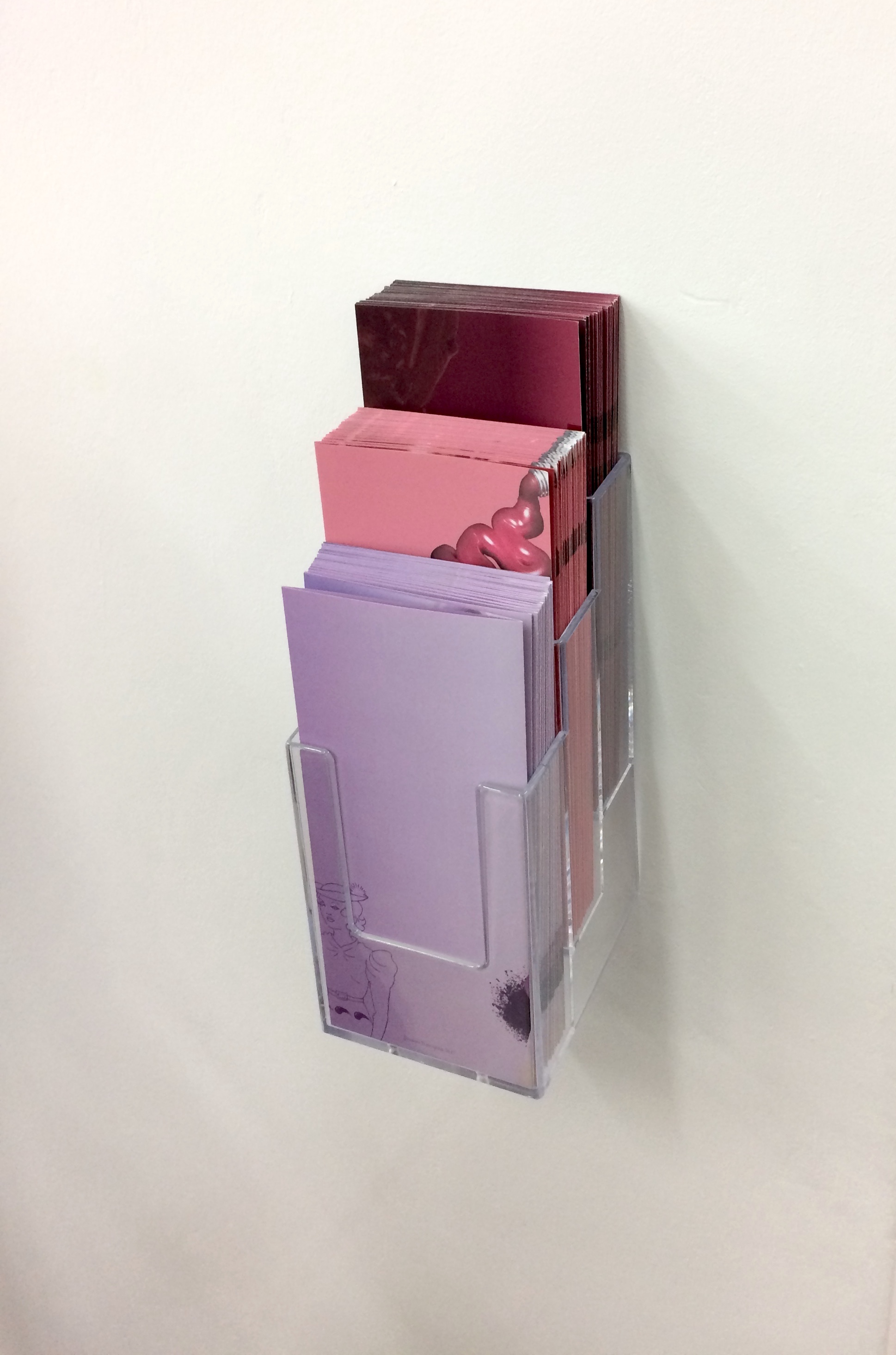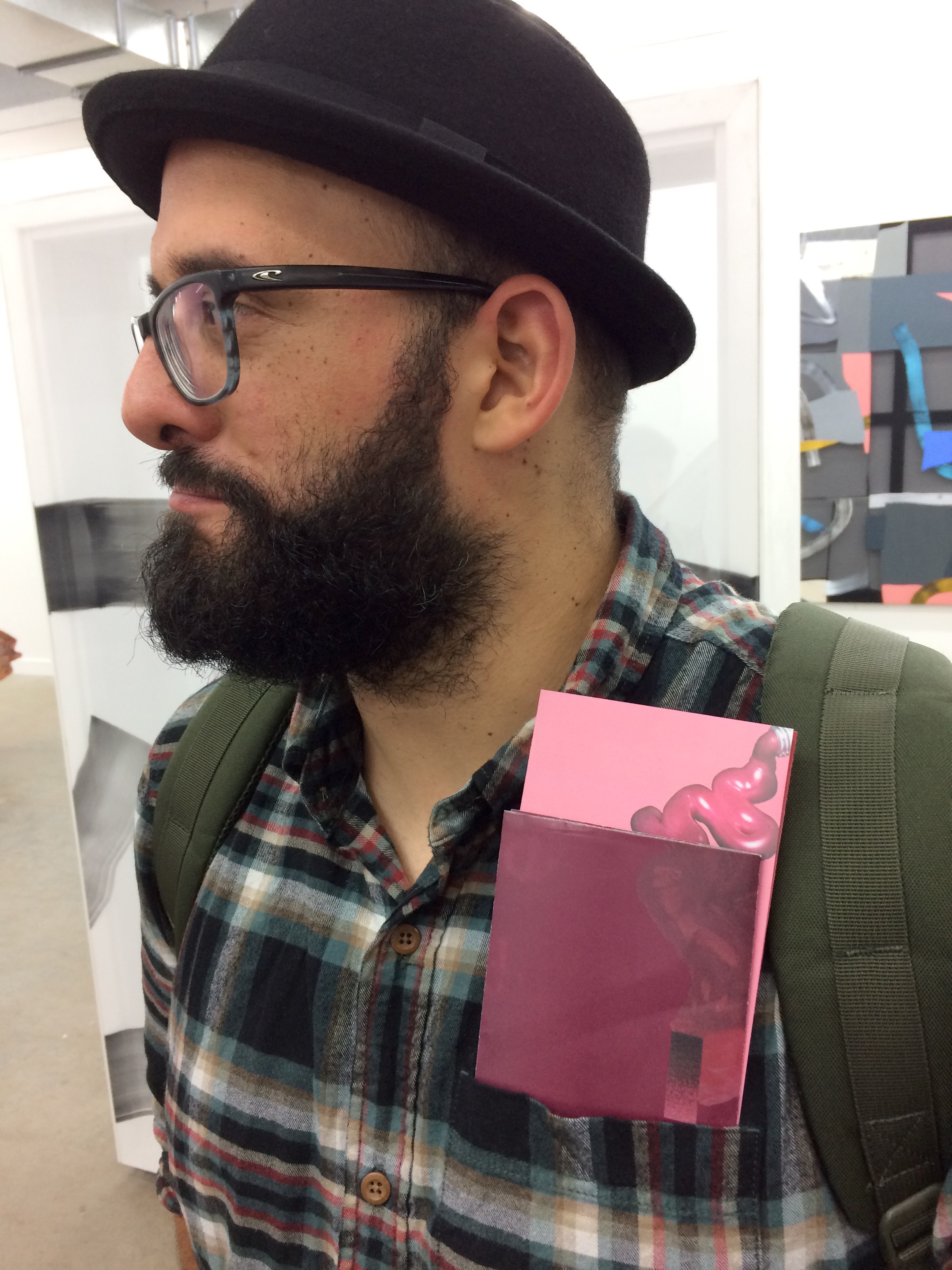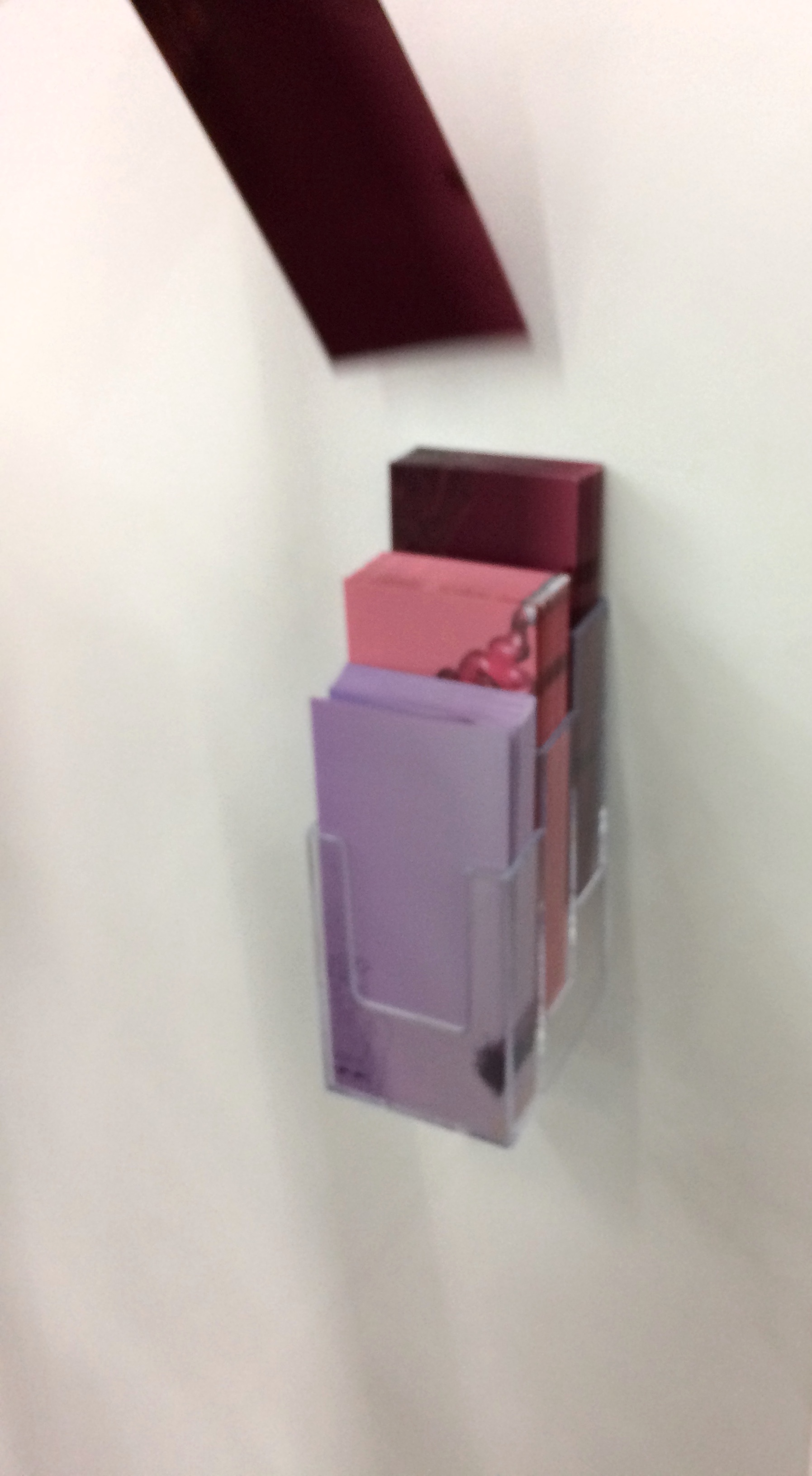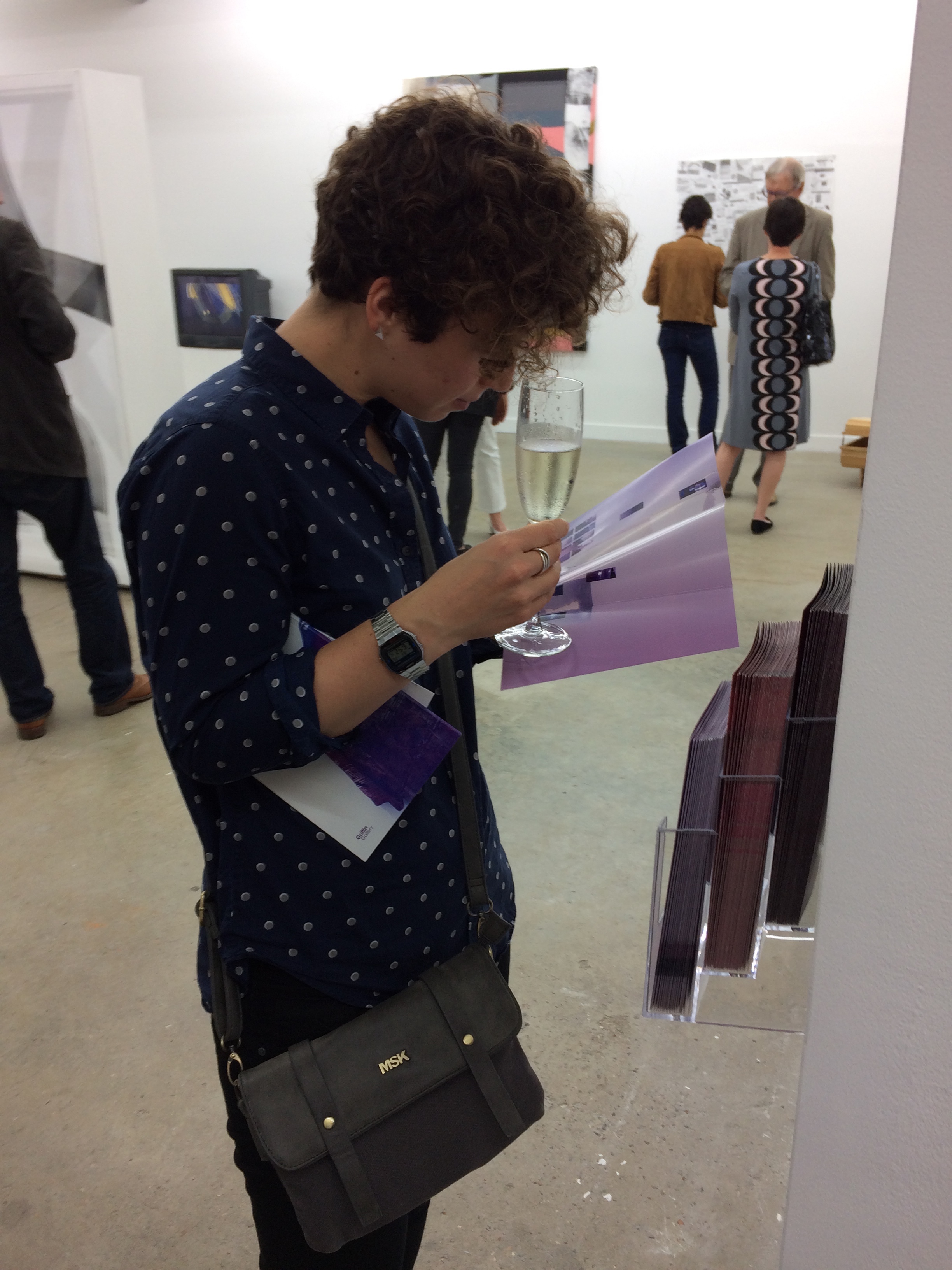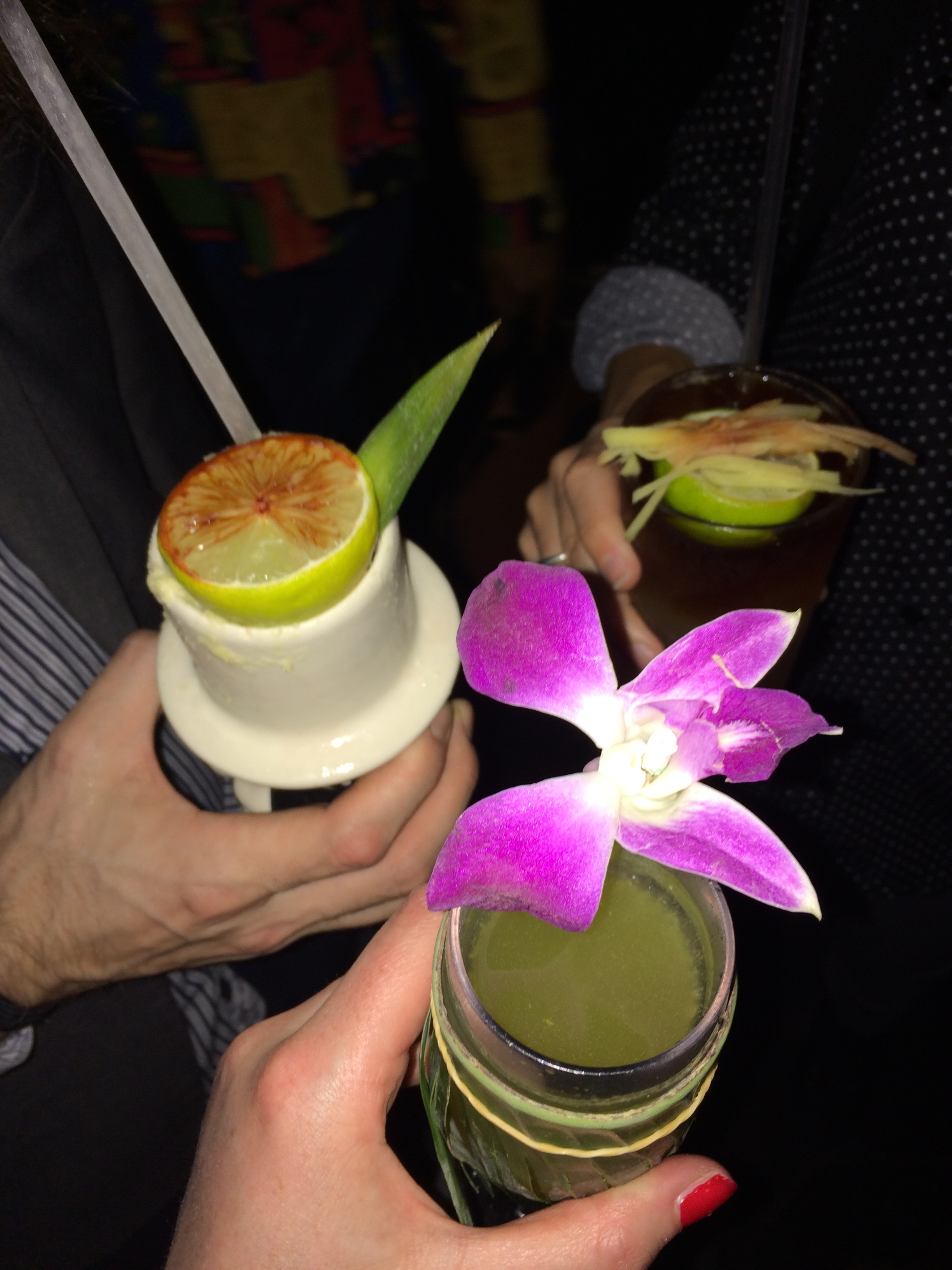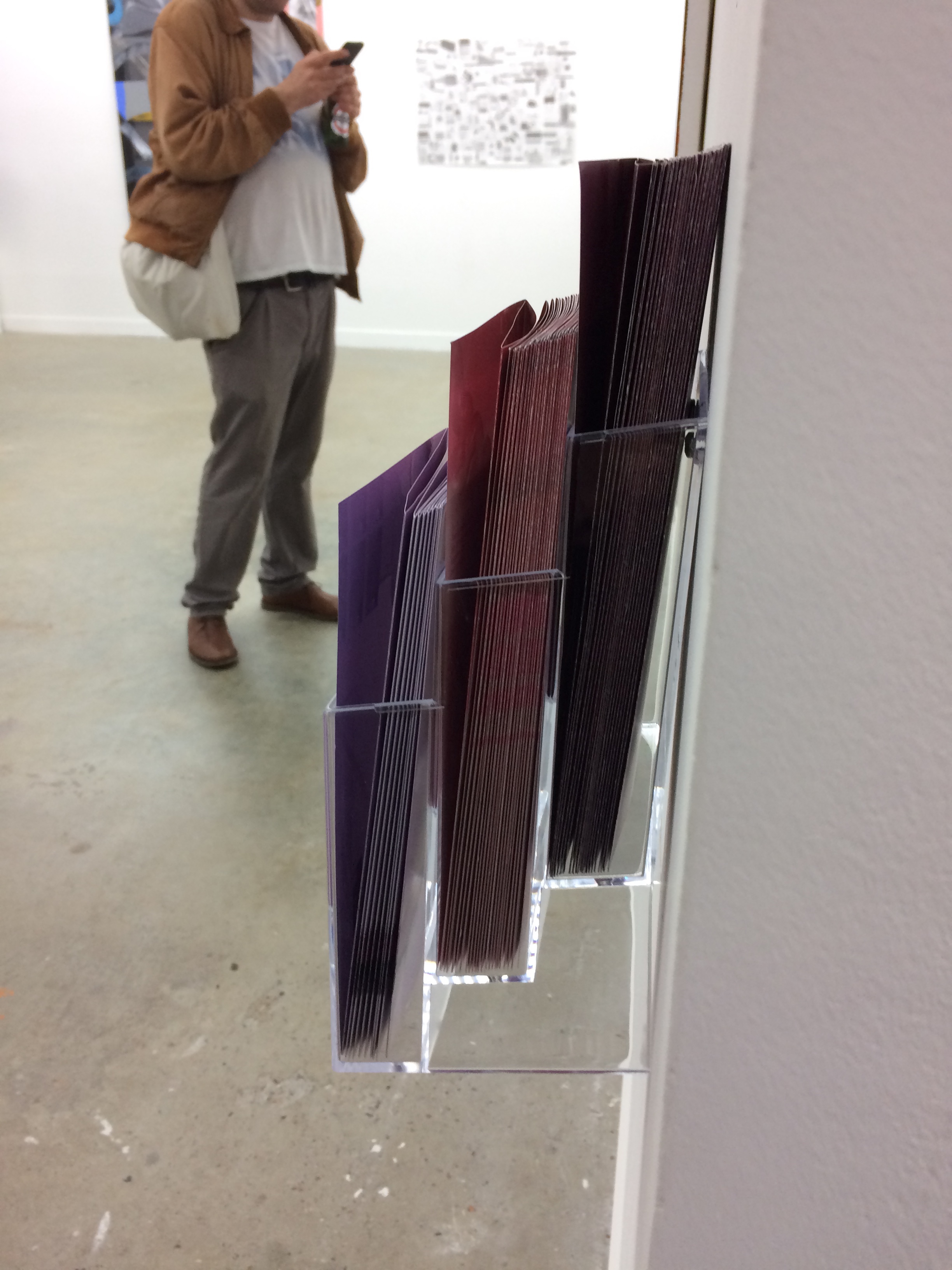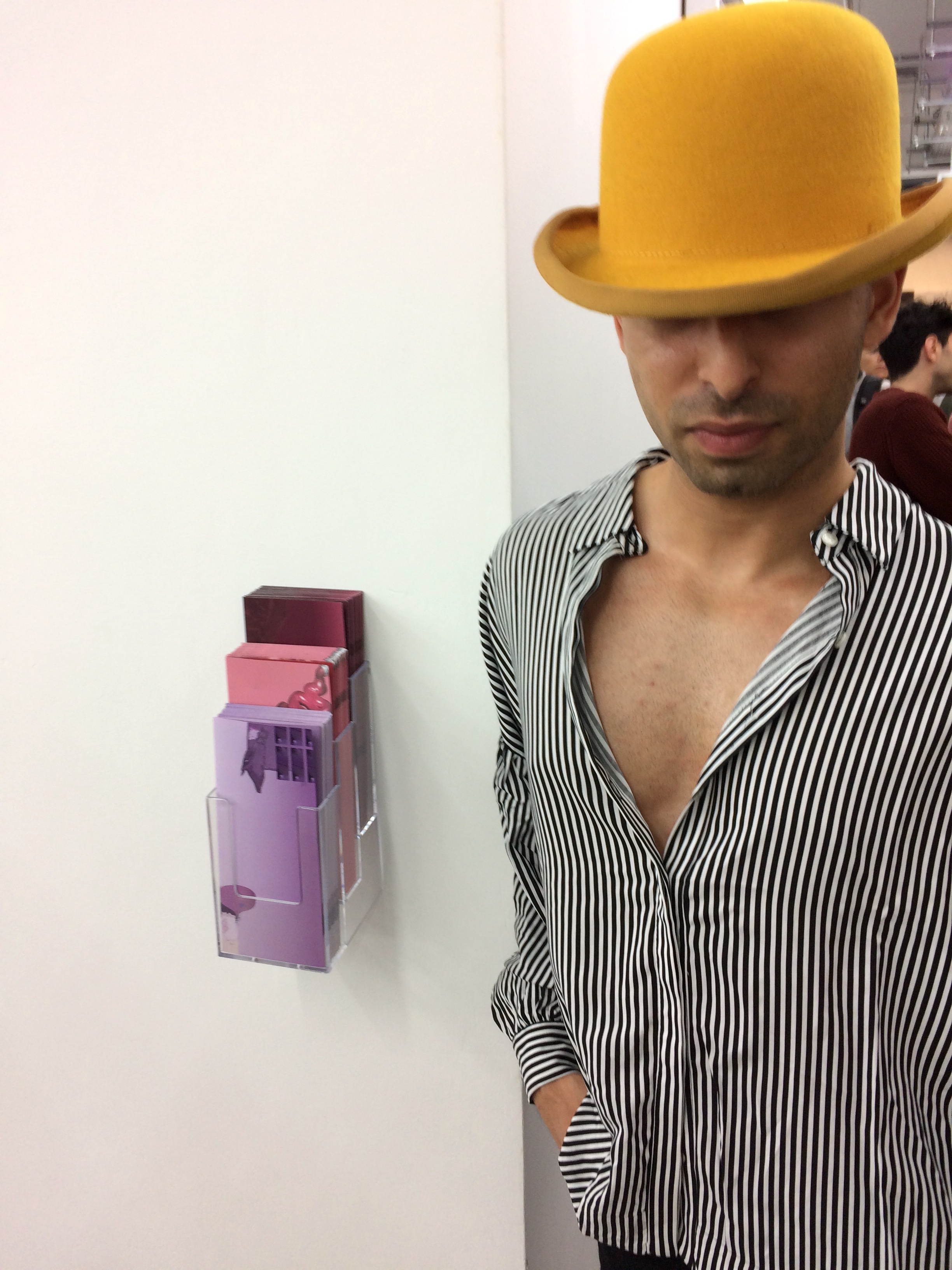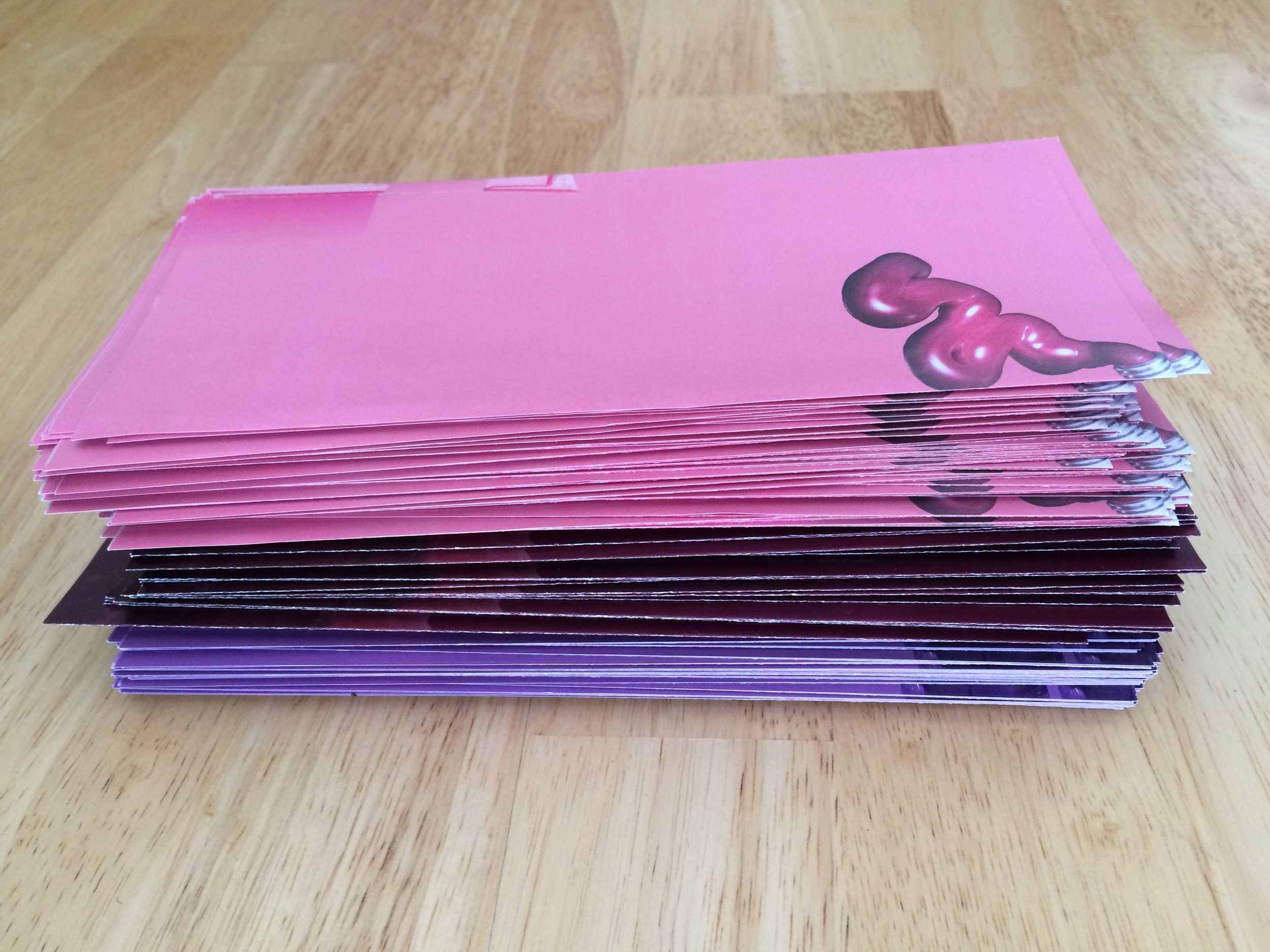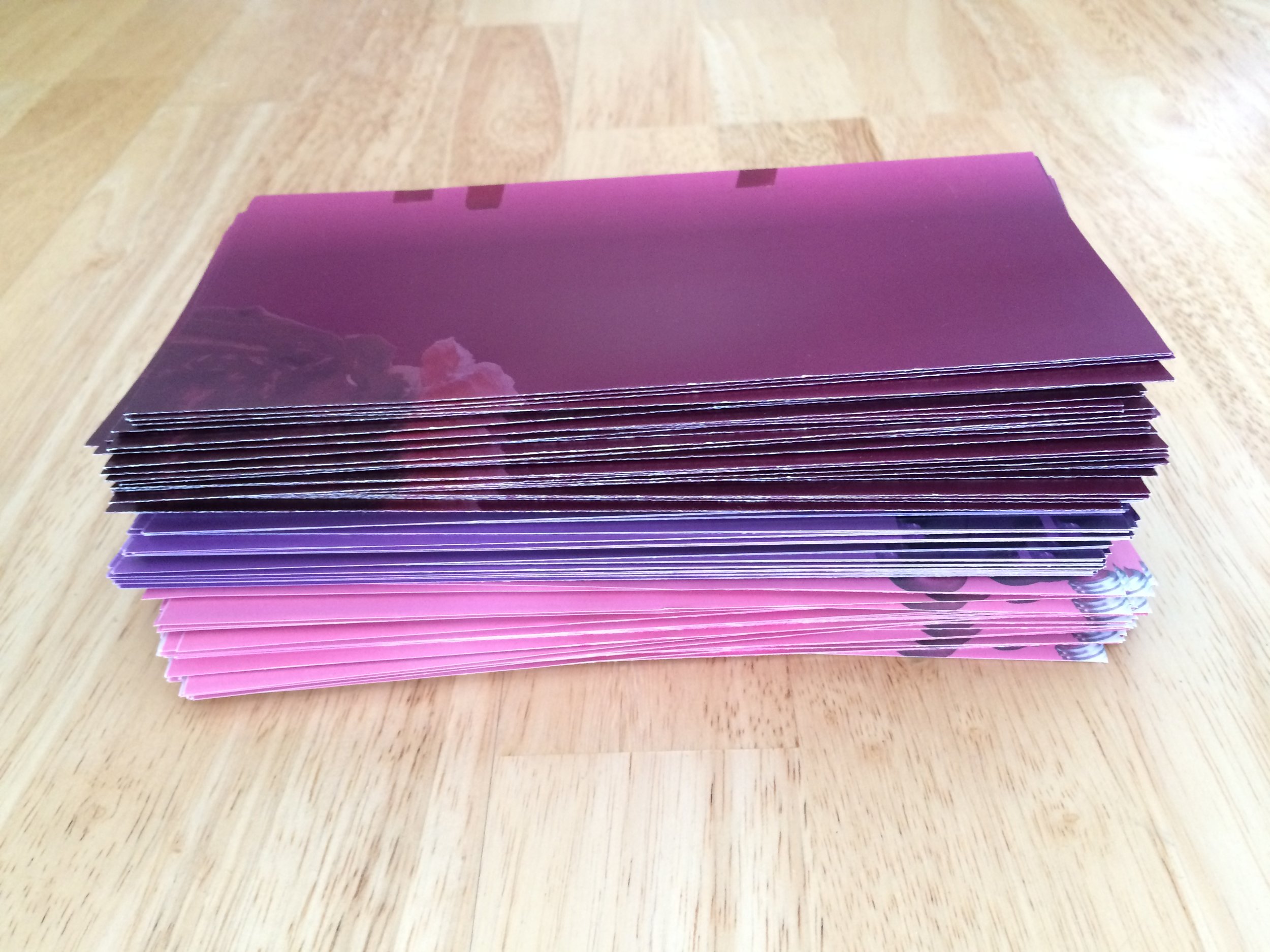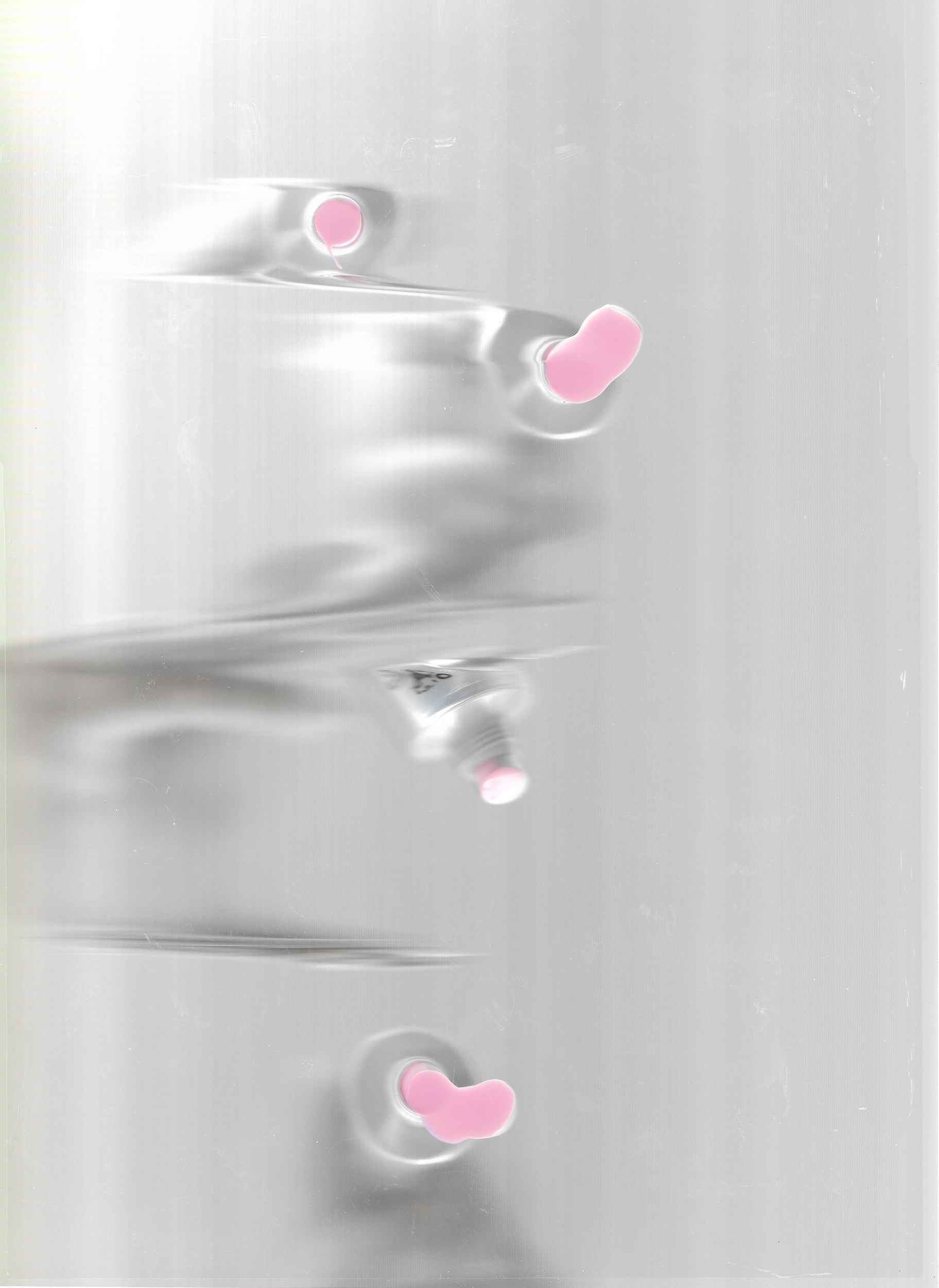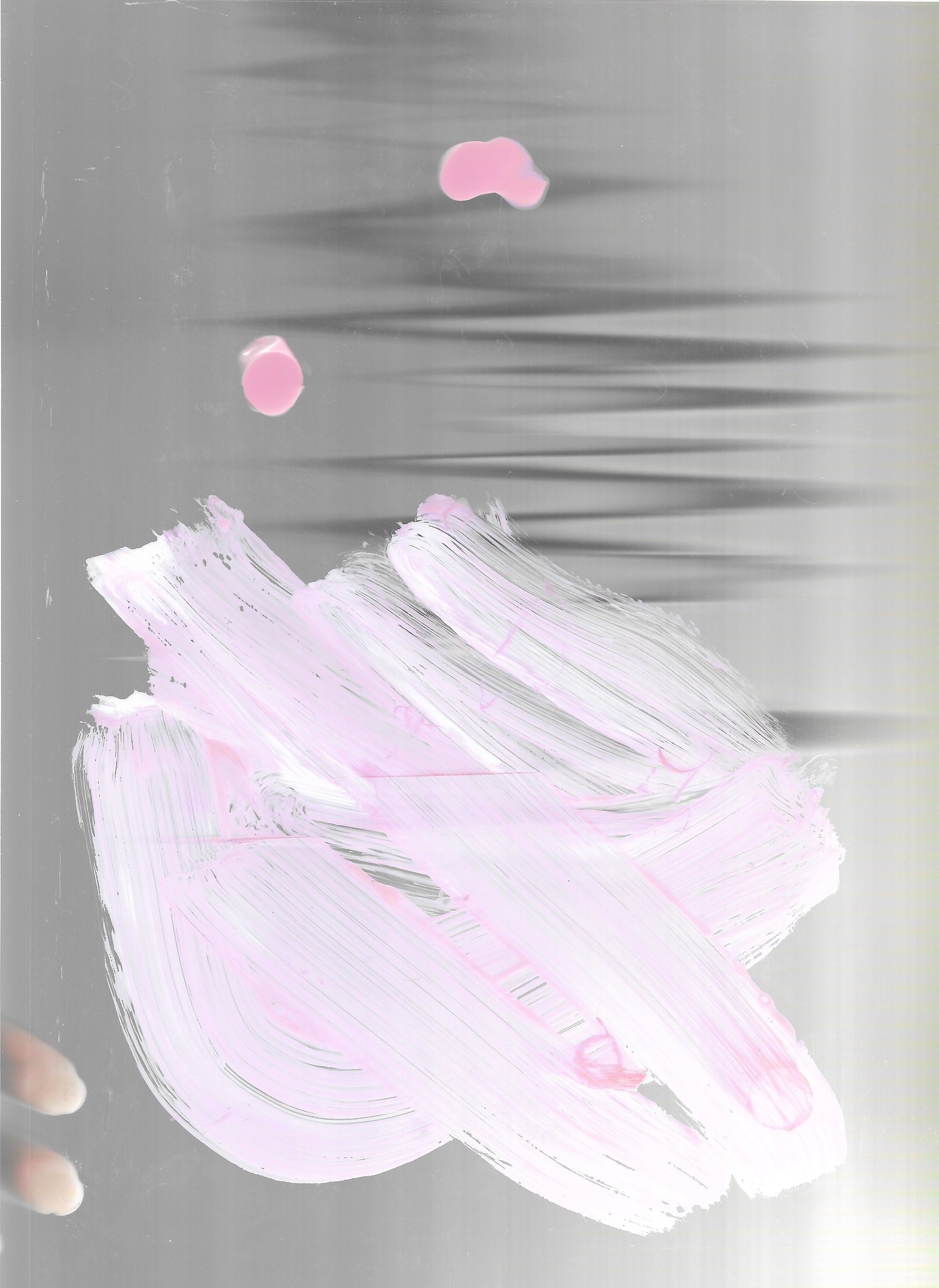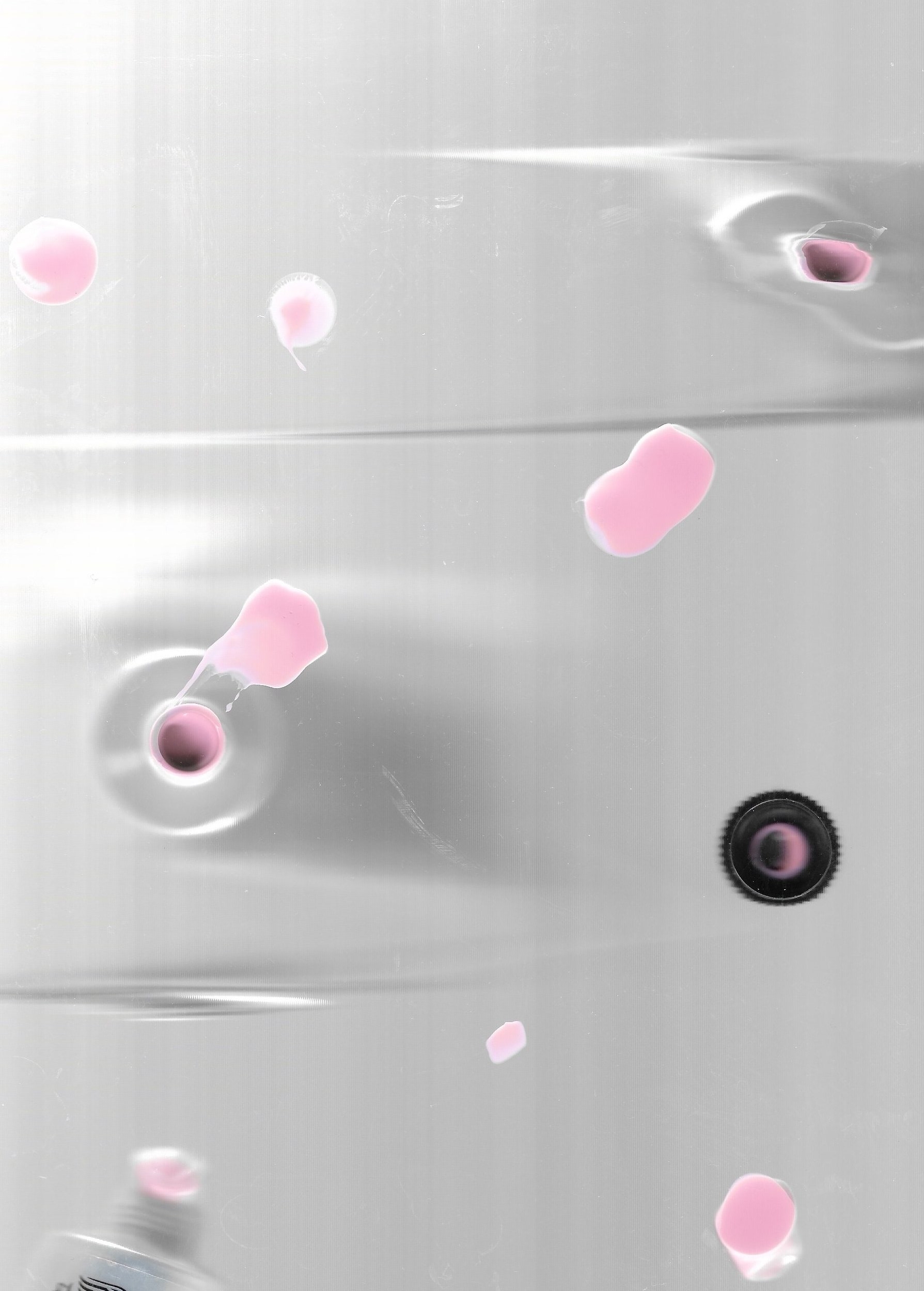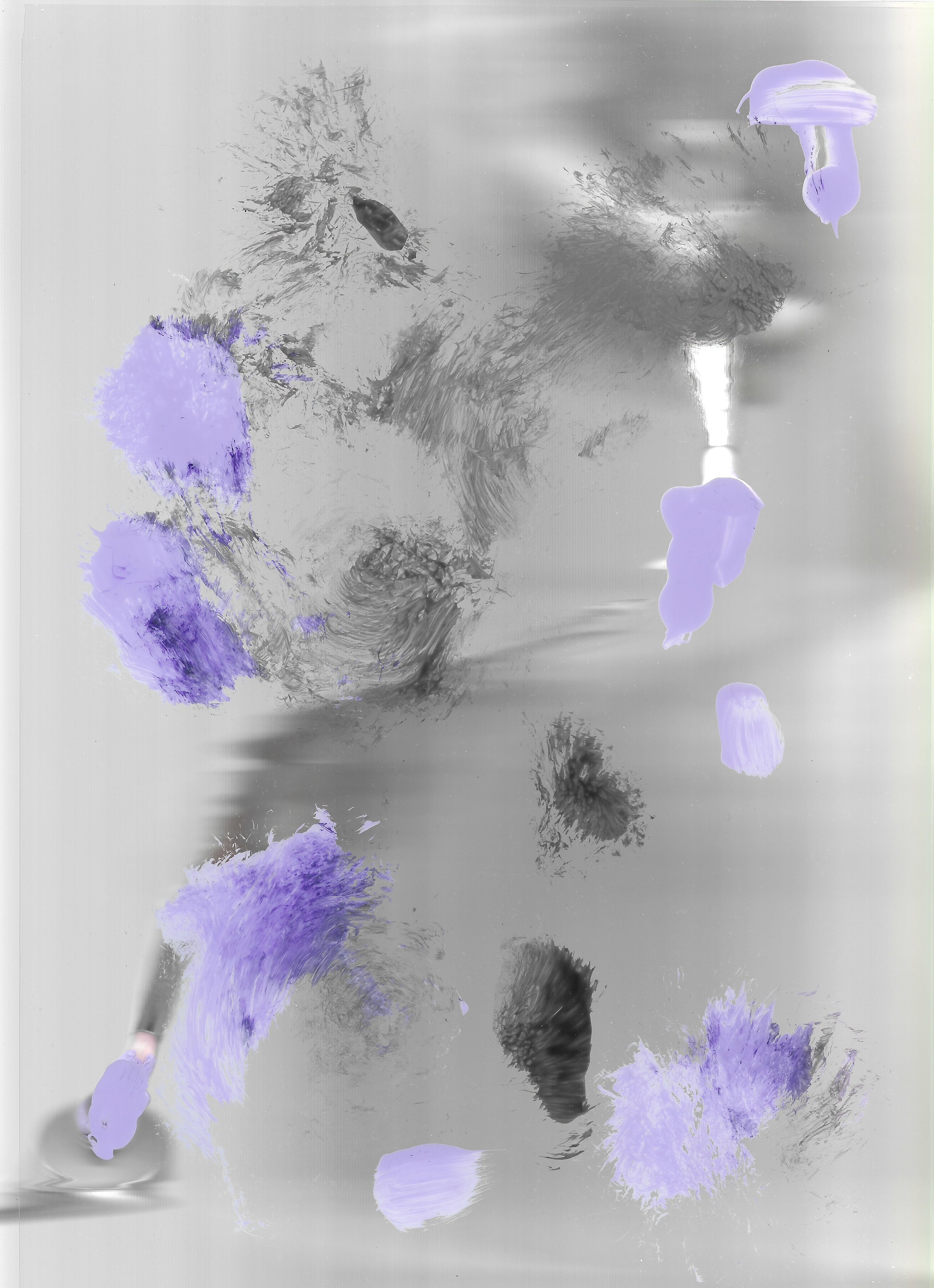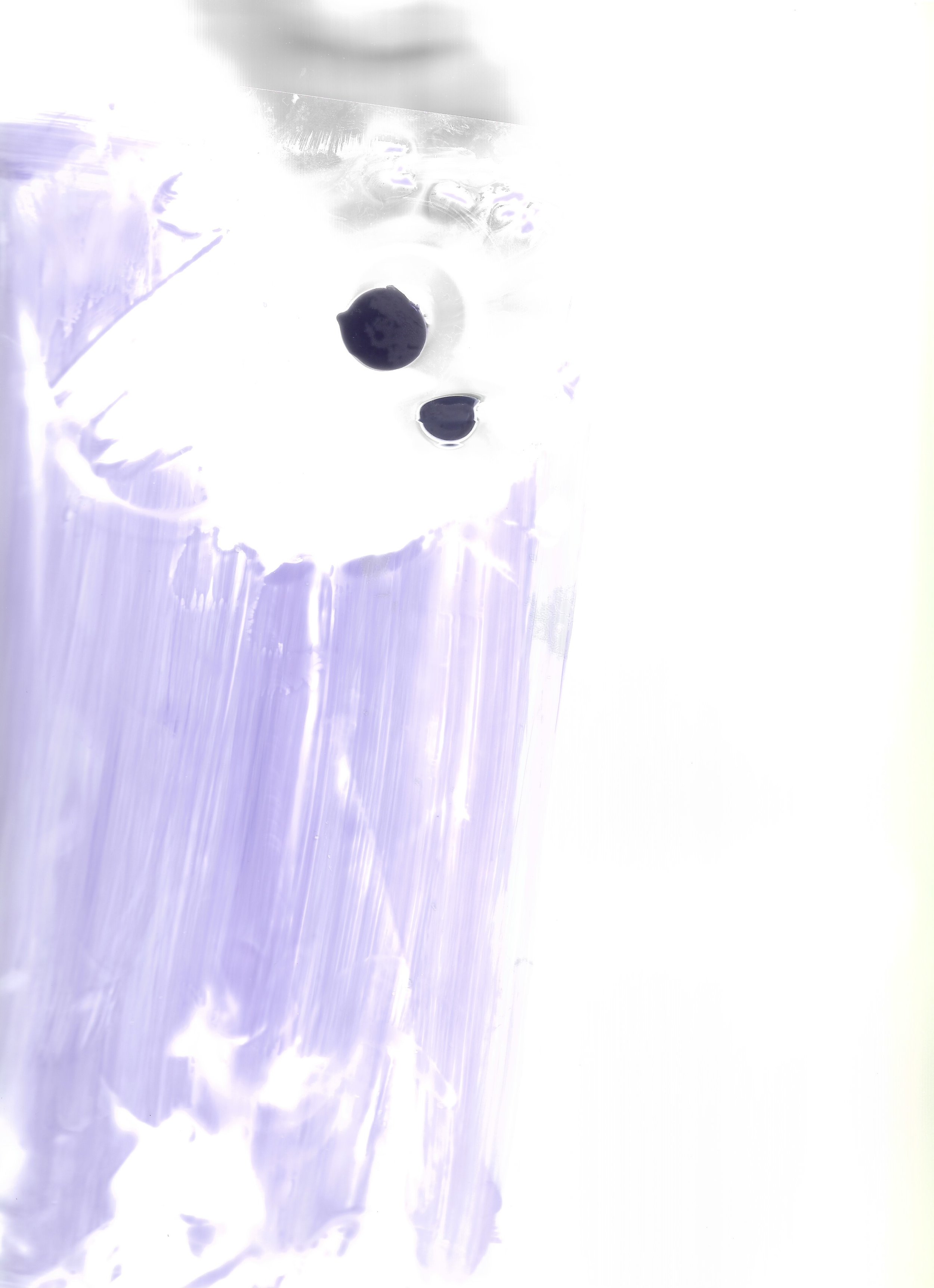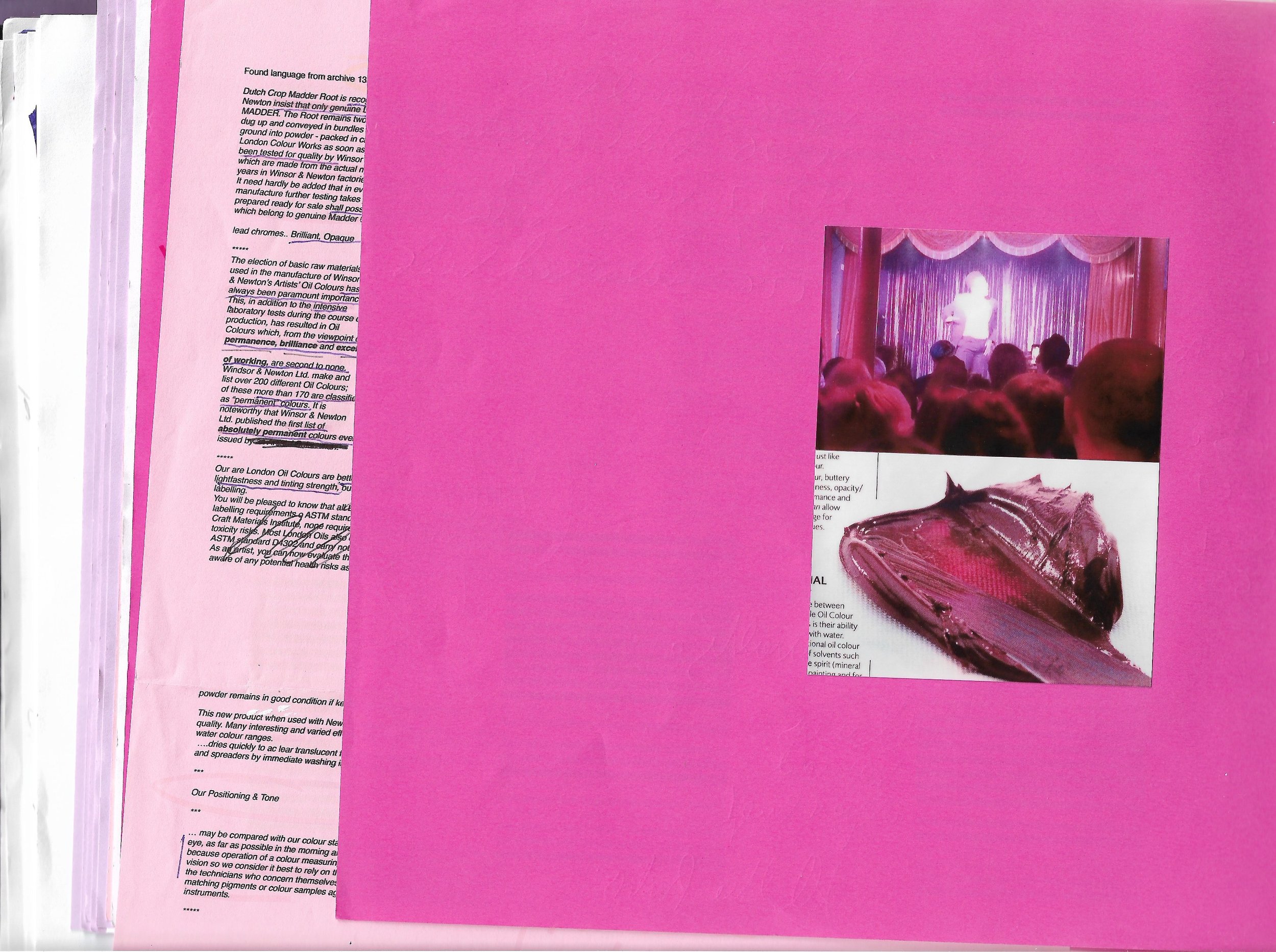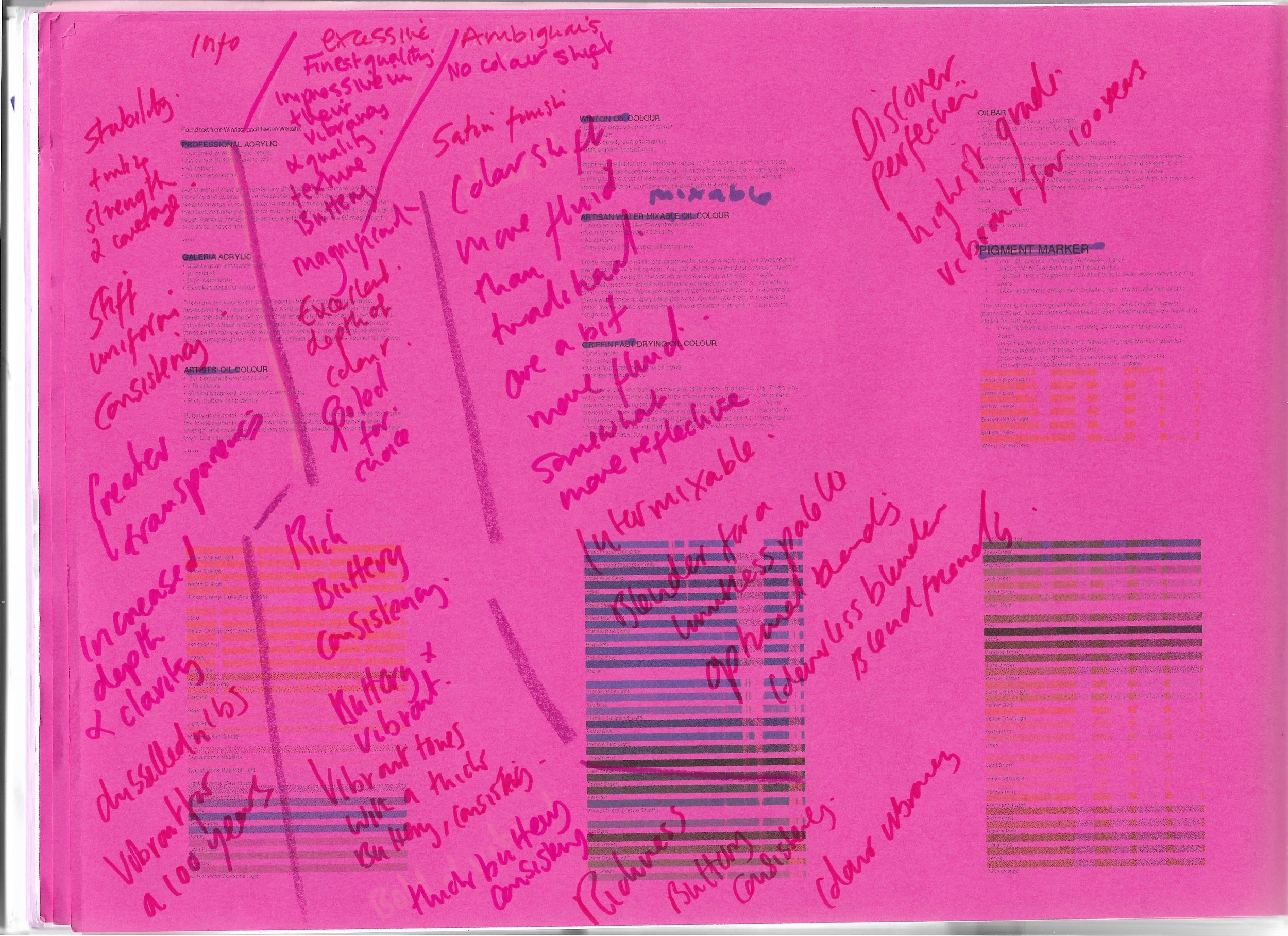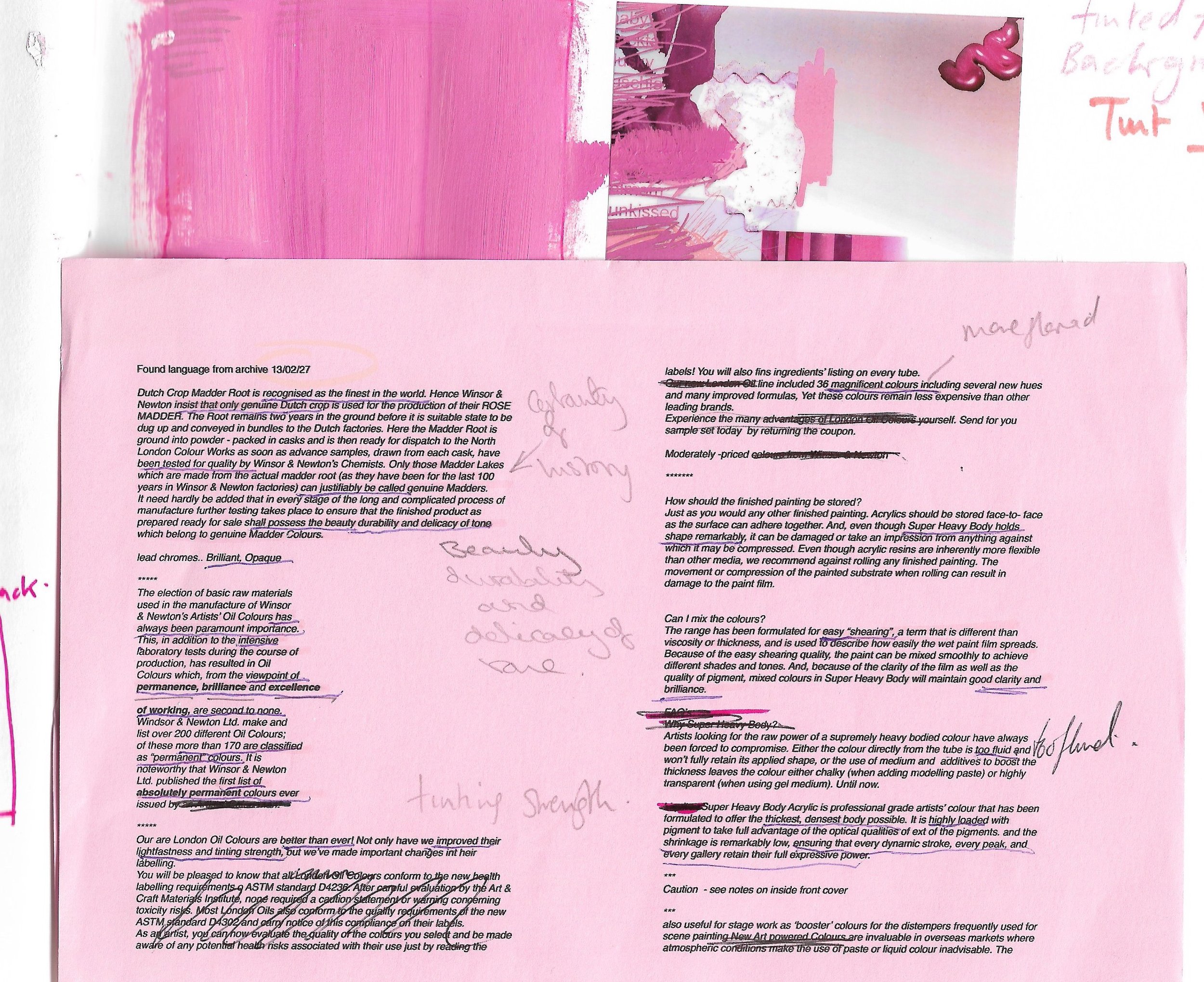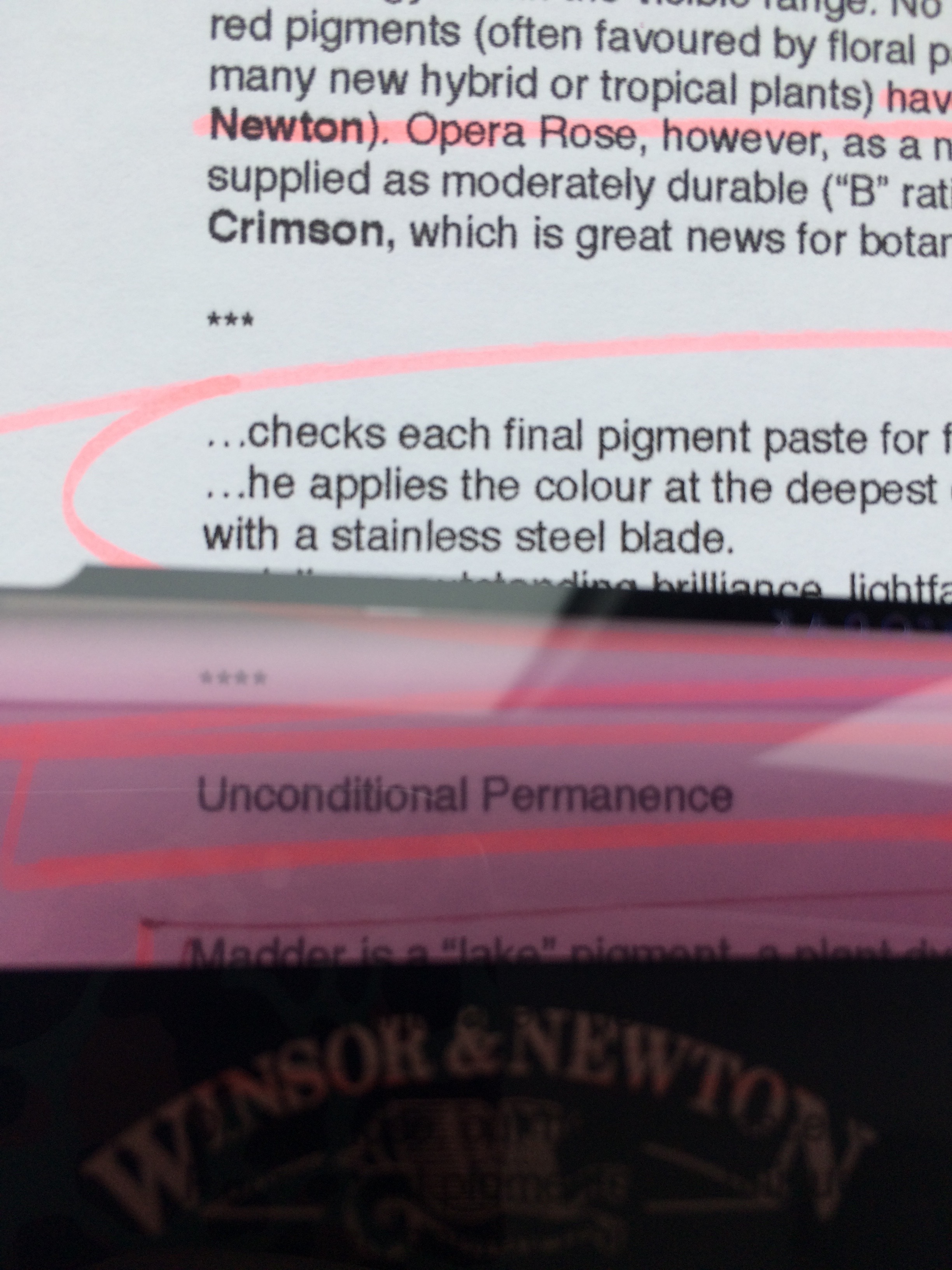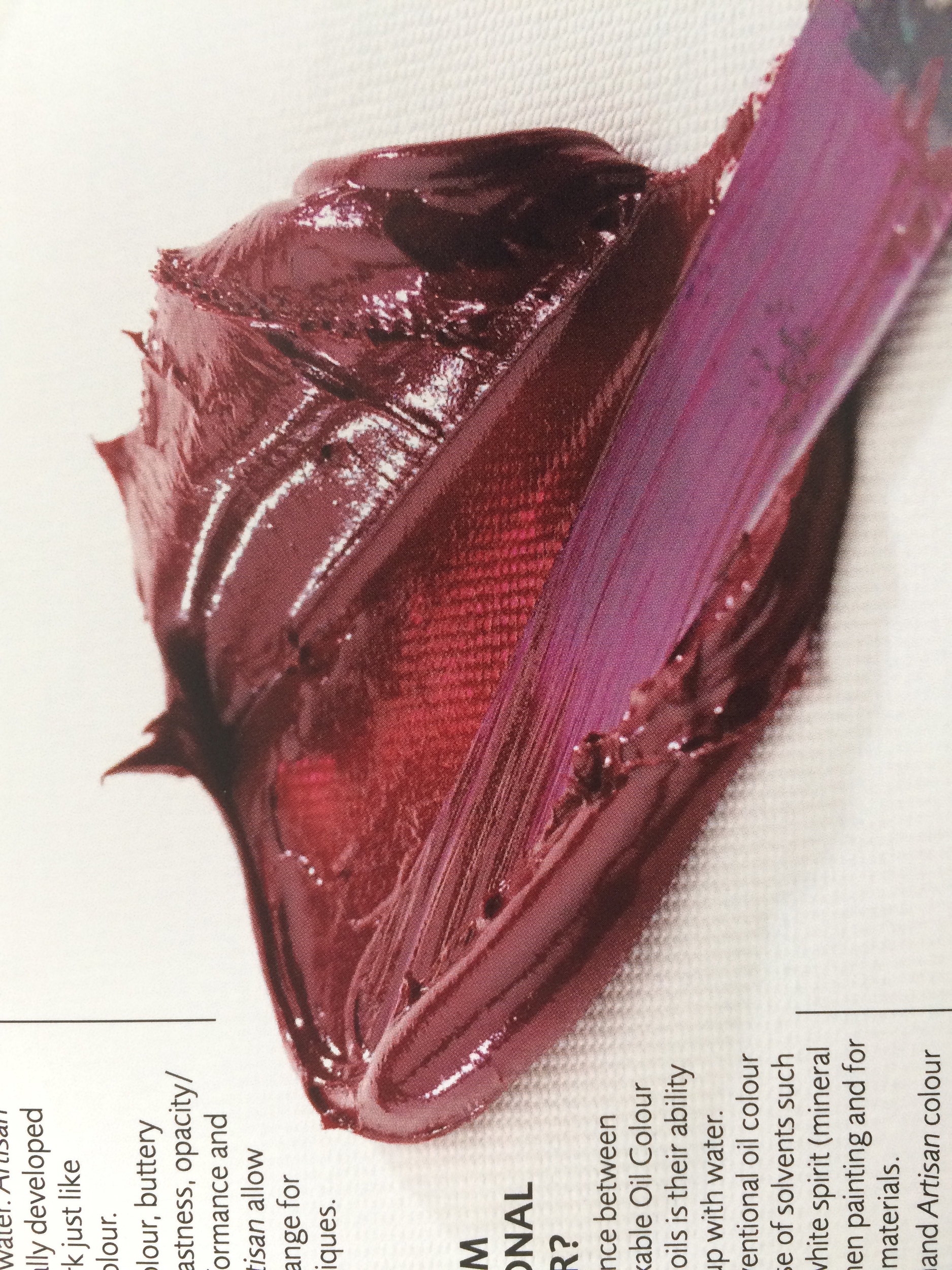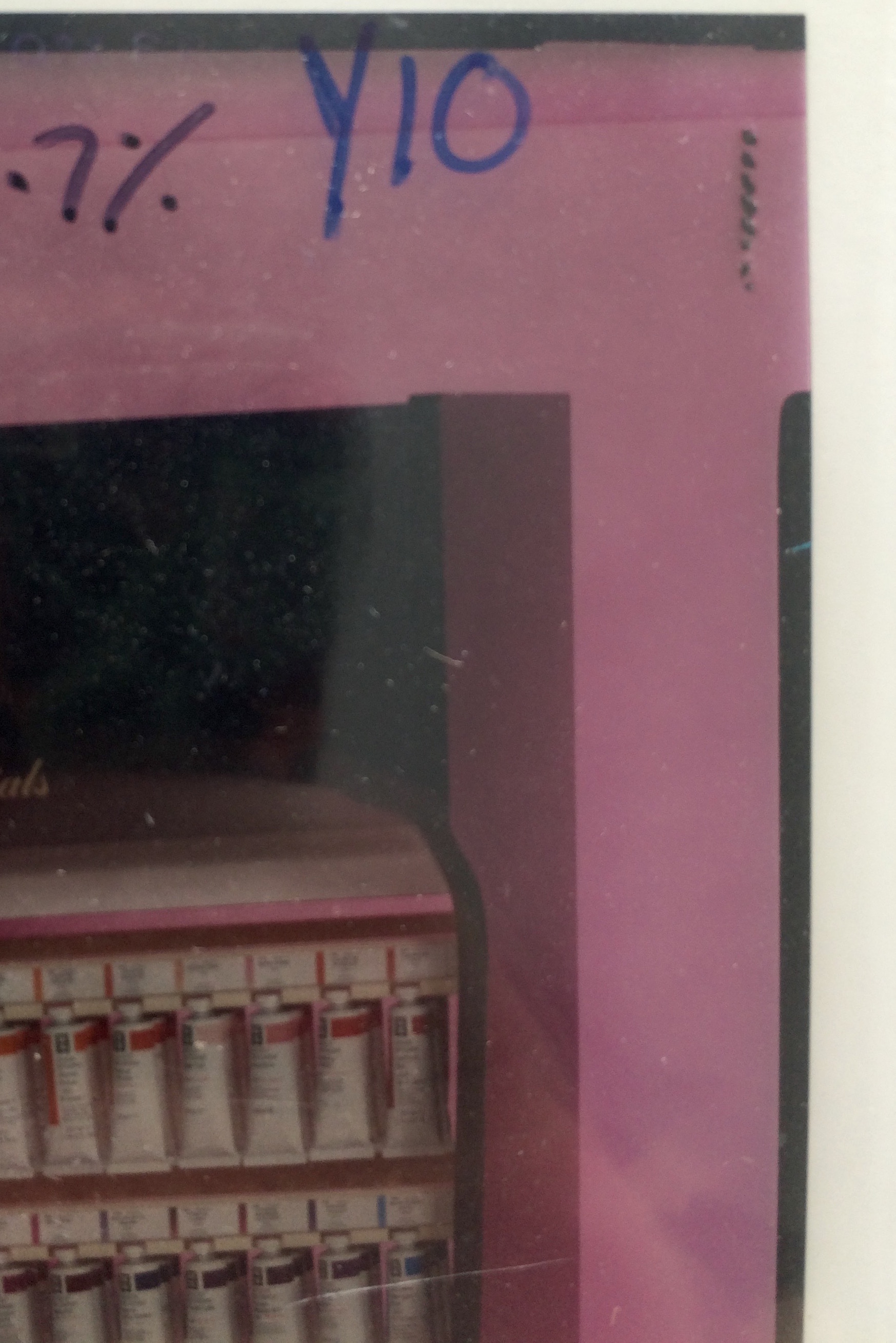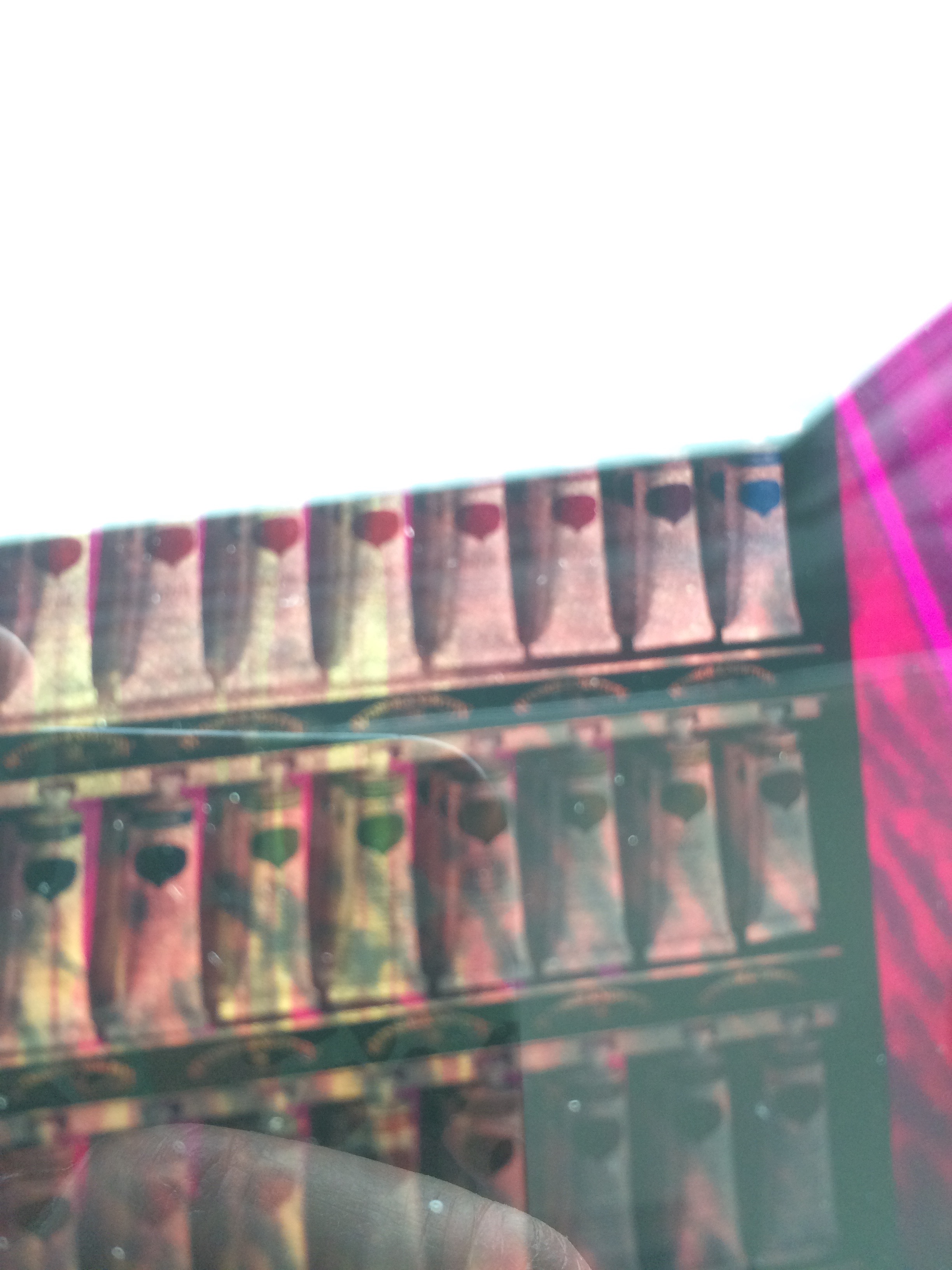frilly edges - ambiguous research, poorly sourced
'1. It says so on Wikipedia.
Wikipedia says, “We do not expect you to trust us.” It adds that it is “not a primary source” and that “because some articles may contain errors,” you should “not use Wikipedia to make critical decisions.”
Furthermore, as Wikipedia notes in its “About” section, “Users should be aware that not all articles are of encyclopedic quality from the start: they may contain false or debatable information.” ' - http://www.findingdulcinea.com/news/education/2010/march/The-Top-10-Reasons-Students-Cannot-Cite-or-Rely-on-Wikipedia.html
...
"Etymology and definitions[edit]
The color pink is named after the flowers called pinks, flowering plants in the genus Dianthus. The name derives from the frilled edge of the flowers—the verb "to pink" dates from the 14th century and means "to decorate with a perforated or punched pattern" (possibly from German pinken, "to peck").[6] While the word "pink" was first used as a noun to refer to a color in the 17th century, the verb "pink" continues to be reflected today in the name of those hand-held scissors that cut a zig-zagged line referred to as pinking shears." - https://en.wikipedia.org/wiki/Pink
PINKING PUCING? PUCEING? POUNCEING
Pink / Lavender / Puce
Although a chemical definition or an RGB or CMYK percentage can specifically define a colour, the naming and perception of a colour often remains ambiguous. Puce, for example, is a colour people find difficult to agree on with its in-between quality of being not quite pink and not quite lavender, with interpretation often dependent on geographical and historical factors. It is this position of ambiguity and abstractedness in reference to colour and language that will form the methodology for this project: The starting point is Puce - deviating between Pink and Lavender.
The basis of the project will be the interaction, application and subsequent presentation of the widest possible range of mediums in a specific spectrum of colours typically associated with Gay, Lesbian and Queer communities; colours that have been used as queer codes, methods of identification, or insults that have been positively appropriated, but which still signify a slip from the norm. Kenneth Anger made a ‘Puce Moment’, Paul Thek claimed pink to be radical, and the Lavender Menace reclaimed an insult into a positive protest and means of identification.
The naming of a colour with language begins a process of identification and representation, and thus the possibility of promotion, but uncertainty to the naked eye remains.This will be an attempt to combine the process of promotion with the slipperiness and uncertainty of both naming colours with language and using colours to name, blurring the methods of brand identity with that of the ambiguous edges of personal identity.
